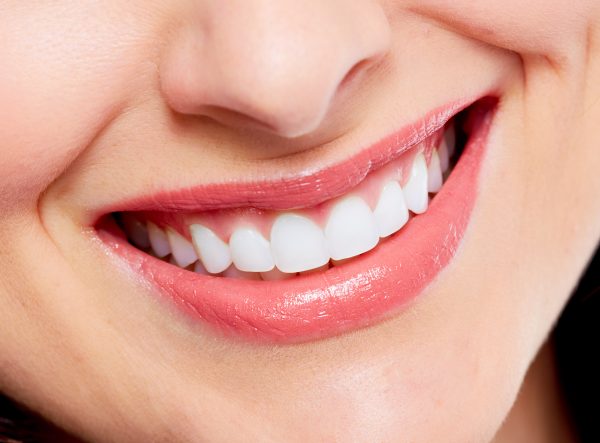Dentistry has made some incredible advances in the area of cosmetics over the last decade. One of the options that you may have heard about or are already considering is porcelain veneers.
So what are veneers? Porcelain veneers are a series of thin ceramic pieces that mimic the look and feel of natural teeth. In addition to the cosmetic benefit, they also increase the strength and durability of teeth in much the same way as enamel does. A dentist will often recommend this option for patients who seek to slightly alter the position of their smile, to manipulate tooth shape and size, and often to perfect color by masking stains.
Veneers are not ideal for every patient. For this reason, a dental consultation with a professionally accredited cosmetic dentist is the first step in achieving picture-perfect teeth. This is not an overnight procedure and requires some patience. Expect to fine tune some options with your dentist and thoroughly discuss desirable attributes in order to get optimal results.
Should you choose porcelain veneers as the preferential route to a great smile, there are a few aspects of the procedure with knowing. The application of a veneer requires making room. Your dentist will painlessly remove a small layer of tooth enamel and apply an adhesive. Afterward the porcelain layer is very strongly bonded to the original tooth using a light-sensitive resin, giving it a better than new finish.
Porcelain veneers are most often recommended to patients who have a tooth or teeth that have suffered extreme discoloration, are irreparably misshapen, or have contours, fractures or gaps often creating problems with bite. If bleaching or traditional methods of tooth-whitening fail or are no longer an option, often a dentist with specialized training in cosmetics will suggest porcelain veneers.

Veneers are tailored to each individual patient. They have the appearance of a natural tooth and are highly resistant to stains from coffee, tea, wine and cigarette smoke. Most of your natural tooth remains beneath the veneer which makes this procedure very different from crowns.
The alterations made to the original tooth make veneers an irreversible procedure. It is possible to craft new veneers in order make adjustments. Veneers are crafted in a laboratory using highly advanced dental technology. Often it takes a minimum of a week to ensure that they meet the patient’s specifications.
Following application a patient maintains a veneer as they would their natural teeth. There is often an adjustment period where some sensitivity occurs, but good dental hygiene and keeping follow-up appointments almost guarantees success. It is important to inform your dentist if you grind your teeth in your sleep. Sometimes it is necessary to protect the integrity of your new veneers with a nighttime guard.
Routine check-ups are required as well, because most veneers require a specially formulated non-abrasive paste to polish. It is also a good policy to maintain dental appointments in the unlikely event that there are any signs of failure.
So how long do they last? The answer varies but largely depends on the patient. If you maintain good oral hygiene, porcelain veneers can last a lifetime. The health of surrounding gum tissue is another important factor in maintaining them, considering that the original tooth exists beneath the external porcelain layer.
If you are considering veneers as an option, have any questions or have already made up your mind and want the best cosmetic dentist in the Denver area, it’s time to talk to Dr. David Redford at University Dental Arts. His unrivaled experience in cosmetic dentistry and winning personality will put you at ease and let you know which options are right for you.
Dr David Redford is a denver cosmetic dentist and dental health blogger for University Dental Arts
